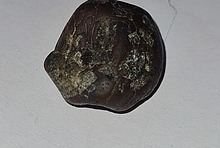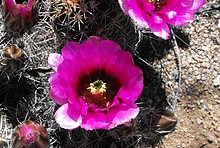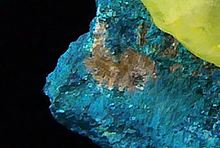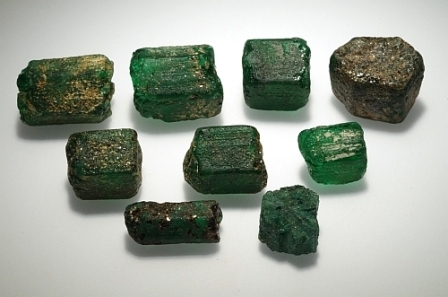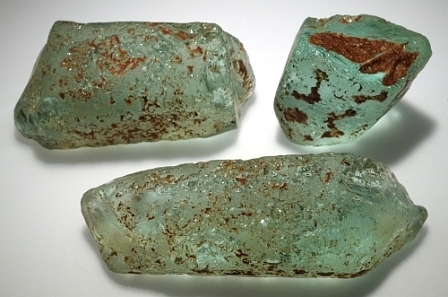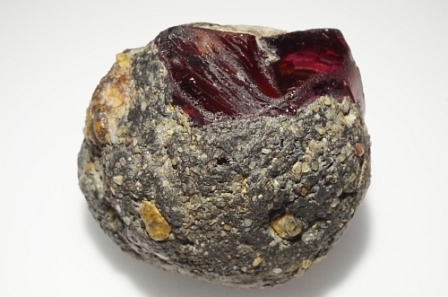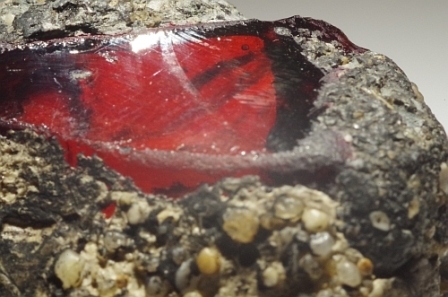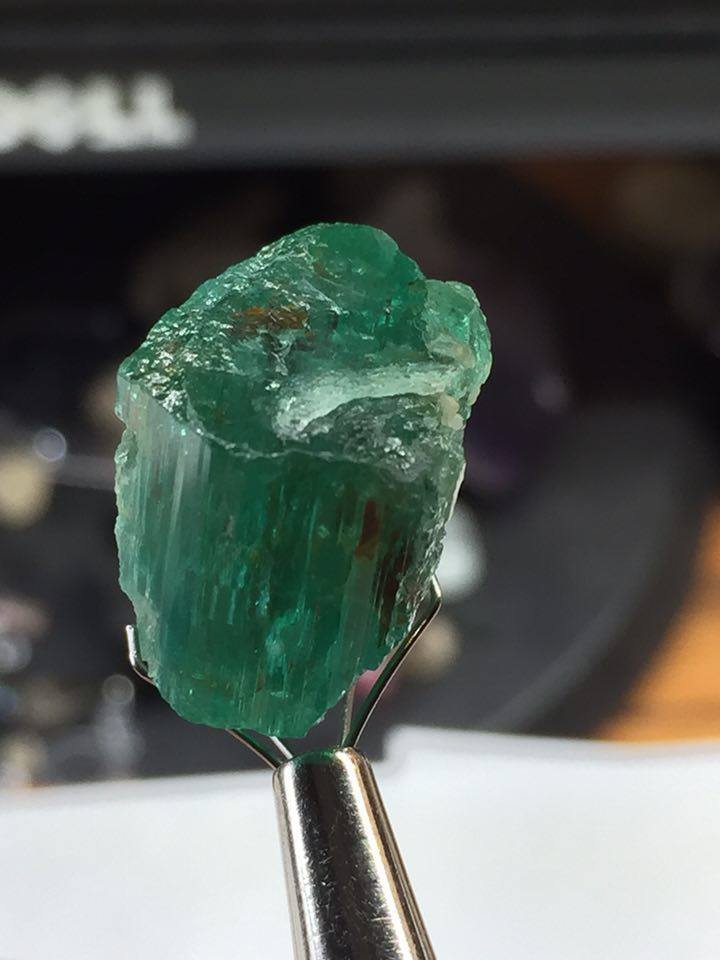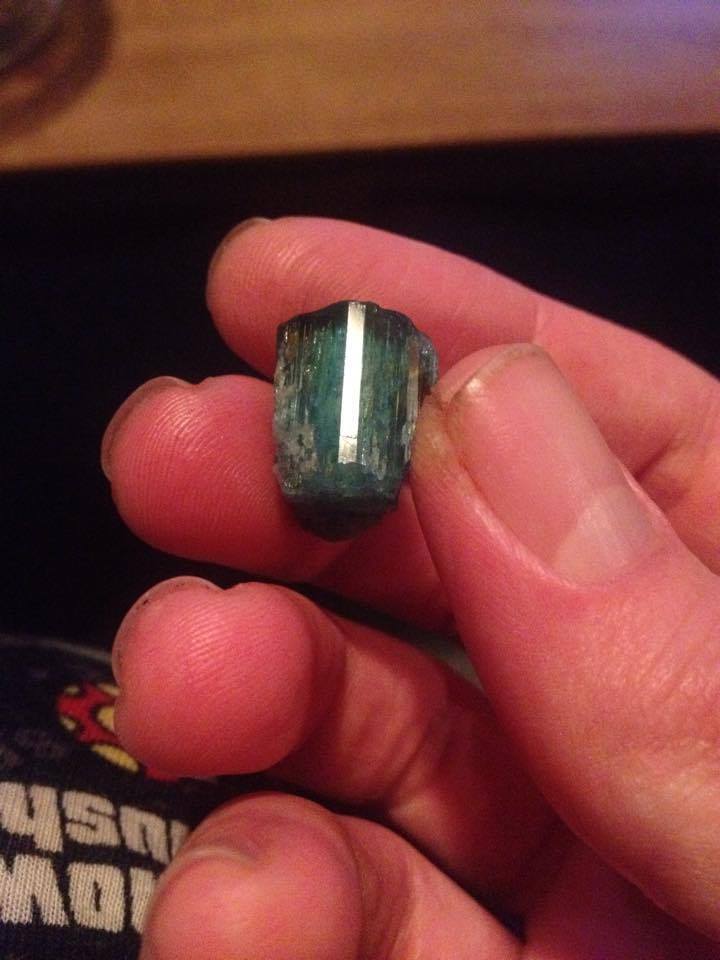Home PageAbout MindatThe Mindat ManualHistory of MindatCopyright StatusWho We AreContact UsAdvertise on Mindat
Donate to MindatCorporate SponsorshipSponsor a PageSponsored PagesMindat AdvertisersAdvertise on Mindat
Learning CenterWhat is a mineral?The most common minerals on earthInformation for EducatorsMindat ArticlesThe ElementsThe Rock H. Currier Digital LibraryGeologic Time
Minerals by PropertiesMinerals by ChemistryAdvanced Locality SearchRandom MineralRandom LocalitySearch by minIDLocalities Near MeSearch ArticlesSearch GlossaryMore Search Options
The Mindat ManualAdd a New PhotoRate PhotosLocality Edit ReportCoordinate Completion ReportAdd Glossary Item
Mining CompaniesStatisticsUsersMineral MuseumsClubs & OrganizationsMineral Shows & EventsThe Mindat DirectoryDevice SettingsThe Mineral Quiz
Photo SearchPhoto GalleriesSearch by ColorNew Photos TodayNew Photos YesterdayMembers' Photo GalleriesPast Photo of the Day GalleryPhotography
╳Discussions
💬 Home🔎 Search📅 LatestGroups
EducationOpen discussion area.Fakes & FraudsOpen discussion area.Field CollectingOpen discussion area.FossilsOpen discussion area.Gems and GemologyOpen discussion area.GeneralOpen discussion area.How to ContributeOpen discussion area.Identity HelpOpen discussion area.Improving Mindat.orgOpen discussion area.LocalitiesOpen discussion area.Lost and Stolen SpecimensOpen discussion area.MarketplaceOpen discussion area.MeteoritesOpen discussion area.Mindat ProductsOpen discussion area.Mineral ExchangesOpen discussion area.Mineral PhotographyOpen discussion area.Mineral ShowsOpen discussion area.Mineralogical ClassificationOpen discussion area.Mineralogy CourseOpen discussion area.MineralsOpen discussion area.Minerals and MuseumsOpen discussion area.PhotosOpen discussion area.Techniques for CollectorsOpen discussion area.The Rock H. Currier Digital LibraryOpen discussion area.UV MineralsOpen discussion area.Recent Images in Discussions
Fakes & FraudsFake gem rough
27th Mar 2015 09:24 UTCDuncan Miller
This is a sample of parcel of 'emeralds' ostensibly from Zambia, ranging from 10-15 mm in length. Most of them are coated with biotite mica and have striations along the length. Superficially they are pretty convincing.
With some of the 'stones' turned to face the viewer you can see several tell-tale features. Emerald crystals are hexagonal, not pentagonal, so when lying on a prism crystal face a face and not a ridge should be facing up. You can see indentations on the 'ends' of the 'crystals', and the majority of the specimens have them. Natural emerald crystals, unless the ends are broken, have flat faces, not rounded indentations.
Seen end on, the pentagonal cross sections and indented 'pinacoids' are obvious.
[continued]
27th Mar 2015 09:28 UTCDuncan Miller
A close-up view through the polished face of one specimen shows the swirls of numerous bubbles typical of glass. These fakes are made from glass poured into mica-lined molds, and the indented ends are due to contraction as the glass cooled. No RI determination is needed to identify these as fake, but for interest it is 1,520.
This is a photograph of a 25 mm long 'terminated tourmaline crystal' bought by a customer of mine at the Klein Spitzkopje in Namibia. Apart from having eight sides (tourmaline commonly has three or six) it has abraded faces and a couple of small round bubbles (mid lower left). Through crossed polarizers the 'crystal' clearly was optically isotropic.
How about some chunky 'aquamarine crystals', obligingly covered in dirt, bought by a geologist (!) in Mocambique? The largest is 60 mm long.
[continued]
27th Mar 2015 09:33 UTCDuncan Miller
Here is another view of the 'aquamarine', showing that they are not hexagonal, but rather irregularly pentagonal in cross section. Beryl crystals typically are hexagonal in cross section.
A closer view of the end of one specimen shows strongly choncoidal fracture and round bubbles below the surface. These are chunks of greenish glass, with roughly ground and battered faces, lightly coated in reddish soil. They display no dichroism and between crossed polarizers they are optically isotropic.
This 35 mm diameter nodule was part of a parcel that did the rounds of jewellers in Cape Town, offered to them variously as ruby or garnet. I begged this example off a friend of mine for bursting his eager bubble. Anyone who has handled ruby or garnet gem rough would be highly suspicious of the size, the roughly abraded edges of this supposedly hard material, and the obscuring pebbly matrix.
[continued]
27th Mar 2015 09:40 UTCDuncan Miller
A closer view shows the large, conchoidal fracture surface, the heavily abraded exposed edges, and some round bubbles (top right). This too is glass, coated with an artificial 'matrix' of sand grains and pebbles in resin.
This is a 'matrix specimen' of material that the vendor claimed himself to have seen being dug out of the ground in Mocambique. It was accompanied by large transparent pieces, claimed to be epidote. It was not immediately obvious what this was, although it certainly didn't look like epidote.
The adhering brown crystals made this look even more like a natural mineral specimen.
[continued]
27th Mar 2015 09:52 UTCDuncan Miller
Here is a photograph of the clear material mentioned above, that was offered as epidote. It is about 25 mm long. The top face is a saw cut, but the front face and the side faces are cleavage faces, at 90 degrees to each other. It has cubic cleavage, so clearly is not epidote (or peridot, which it more closely resembles). There are swarms of minute round bubbles, which you can't see in the photograph, and it is optically isotropic but the cleavage ruled out glass. This was a tricky one to identify positively and I had to measure both the RI (1.73) and SG (3.55) to nail it. The RI and SG are consistent with synthetic periclase (MgO), made in a furnace and doped to make it green. The supposed 'matrix' specimens shown above were part of the furnace lining.
Parts of furnace linings can look deceptively like natural mineral specimens. This is a photograph of part of the lining of a clear glass tank. The refractory lining makes up the background 'matrix', with clear pieces of glass adhering to it. Without closer inspection this easily could be mistaken for a rather battered quartz on matrix specimen.

27th Mar 2015 10:59 UTCBob Harman
27th Mar 2015 11:17 UTCJohn R. Montgomery 🌟 Expert
Cheers,
John from Ottawa

27th Mar 2015 11:53 UTCAlfredo Petrov Manager
Thanks, Duncan! Most instructive.

27th Mar 2015 12:10 UTCWayne Corwin
27th Mar 2015 15:31 UTCRob Woodside 🌟 Manager

27th Mar 2015 16:38 UTCSpencer Ivan Mather
Spencer.

27th Mar 2015 19:29 UTCcascaillou
an interesting antique gallo-roman glass slag (note devitrification figures) that was dug out of the ground:
http://www.geoforum.fr/uploads/monthly_07_2010/post-3743-1280437668.jpg
another antique glass slag:
http://www.haaretz.co.il/st/inter/Heng/news/images/RuthS/glass5.JPG
28th Mar 2015 06:15 UTCDuncan Miller
-------------------------------------------------------
> thanks for sharing!
>
I am glad to see additional examples posted here; and should acknowledge and thank you Romain for encouraging me to start this thread.
Regards,
Duncan
1st Apr 2015 14:16 UTCPeter Slootweg 🌟

22nd Dec 2015 20:49 UTCMichaelindigo

22nd Dec 2015 21:16 UTCAlfredo Petrov Manager

22nd Dec 2015 22:07 UTCcascaillou

22nd Dec 2015 22:22 UTCMichaelindigo
22nd Dec 2015 22:35 UTCRob Woodside 🌟 Manager

23rd Dec 2015 09:33 UTCErik Vercammen Expert

23rd Dec 2015 11:13 UTCSpencer Ivan Mather
Spencer.

23rd Dec 2015 16:43 UTCMichaelindigo
23rd Dec 2015 23:52 UTCOwen Melfyn Lewis
-------------------------------------------------------
> What is a Muzo Emerald like this worth? It weighs
> 5.8 grams, 29 carats.
Like what?

24th Dec 2015 02:35 UTCDoug Daniels

7th Jan 2016 19:12 UTCcascaillou
http://www.geoforum.fr/uploads/post-11587-0-91862700-1450180561.jpg
http://www.geoforum.fr/uploads/post-11587-0-45002600-1450180243.jpg
http://www.geoforum.fr/uploads/post-21221-0-54097000-1450200065.jpg
http://www.geoforum.fr/uploads/post-11587-0-40207300-1450255425.jpg
8th Jan 2016 20:54 UTCRob Woodside 🌟 Manager

9th Jan 2016 00:58 UTCDoug Daniels

9th Jan 2016 01:50 UTCAnonymous User
Thanks for the detailed post.
As a collector of mostly gem crystals, I often sort through parcels of gem rough for crystal specimens. Thanks for the warning to look out for this!
Ken
9th Jan 2016 09:13 UTCDuncan Miller
Cascaillou, the hexagonal inclusions in the glass are very intruiging. In the examples I have seen, the spherulites that grew in the cooling glass are more or less spherical, like your green example immediately above, consisting of radiating bundles of dendritic crystal fibres. How do they form hexagonal pseudo-crystals (if that is what they are)?

11th Jan 2016 19:15 UTCcascaillou

17th Jan 2016 01:08 UTCTim Jokela Jr

17th Jan 2016 14:07 UTCcascaillou




Mindat.org is an outreach project of the Hudson Institute of Mineralogy, a 501(c)(3) not-for-profit organization.
Copyright © mindat.org and the Hudson Institute of Mineralogy 1993-2024, except where stated. Most political location boundaries are © OpenStreetMap contributors. Mindat.org relies on the contributions of thousands of members and supporters. Founded in 2000 by Jolyon Ralph.
Privacy Policy - Terms & Conditions - Contact Us / DMCA issues - Report a bug/vulnerability Current server date and time: April 18, 2024 11:25:15
Copyright © mindat.org and the Hudson Institute of Mineralogy 1993-2024, except where stated. Most political location boundaries are © OpenStreetMap contributors. Mindat.org relies on the contributions of thousands of members and supporters. Founded in 2000 by Jolyon Ralph.
Privacy Policy - Terms & Conditions - Contact Us / DMCA issues - Report a bug/vulnerability Current server date and time: April 18, 2024 11:25:15
